
Policy
Obama Administration: Technology at the Heart of Education Reform
"Technology is core and essential to the strategies we are using to reform education." That was the message from both Jim Shelton, assistant deputy secretary for innovation and improvement at the United States Department of Education, and Aneesh Chopra, chief technology officer in the White House.
Sitting comfortably in overstuffed chairs on stage at a packed meeting of the State Educational Technology Directors Association (SETDA), these two top Obama administration representatives spoke and responded to questions for 45 minutes about the importance of technology in education.
Chopra said that technology in education is less about hardware and software and more about what we teach, the method in which we teach it, and professional development and support for educators. He emphasized the importance of STEM (science, technology, engineering, and math) and the need for greater access to digital content. Whenever he gets a chance, Chopra has his iPod plugged in his ears tapping lectures from MIT, Stanford, and other sources. It is about having a constant "learning environment," he said.
In Shelton's opening comments, he envisioned a time five years from now when everyone will have sufficient broadband capacity throughout the country, no matter where they live. However, he noted the reality of difficult economic times, especially for states and some local economies over the next five years, so we should look to technology for a new cost structure for many parts of education.
Shelton said, "People are about to figure out how important you are to accomplishing education reform in this country." He cited the four assurances that are at the core of ARRA education funding--college and career ready standards, preK to college and career data systems, improvements in teacher effectiveness, and providing intensive support for low-performing schools--and said you can't do any of the four without technology, especially helping students in low-performing schools.
In response to a question regarding the biggest leverage points that technology can bring to education, Chopra emphatically said, "Data and analytics are key." He talked about how large retail stores can adjust sale items based on a combination of factors such as the weather, the score of an NFL game, and the day of the week, while teachers are struggling with disconnected, analog inputs from curriculum to textbooks to test scores trying to make decisions about what is right for students. Shelton agreed, but cautioned that there is no silver bullet.
In response to another question, both Shelton and Chopra agreed that we must tackle the dropout problem and boost higher education attainment for more students. Our standing internationally in this measure has fallen significantly. Shelton pointed out that we must excel in all subjects, not just teach basic skills, but it will take everyone holding the line and requiring high expectations and standards.
In response to a question about reauthorization of the Elementary and Secondary Education Act--NCLB is the latest version--Shelton advised the audience to watch for the guidelines for the "Race to the Top" funding. According to the Ed.gov Web site, "the Department will conduct a national competition among states for a $4.35 billion state incentive "Race to the Top" fund to improve education quality and results statewide. The Race to the Top fund will help states drive substantial gains in student achievement by supporting states making dramatic progress on the four reform goals [or the four assurances] and effectively using other ARRA funds. $650 million of the $5 billion will be set aside in the 'Invest in What Works and Innovation' fund and be available through a competition to districts and non-profit groups with a strong track record of results."
He said, "If you think those principles are not going to show up in Reauthorization, you would be wrong."
About the Author
Geoffrey H. Fletcher is the editorial director of 1105 Media's Education Group. He can be reached at gfletcher@1105media.com.





























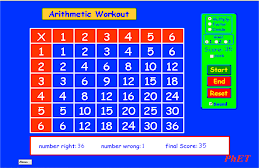



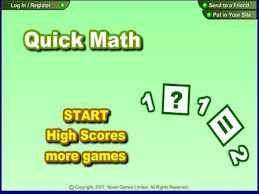





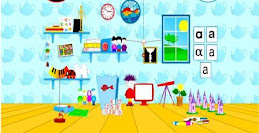














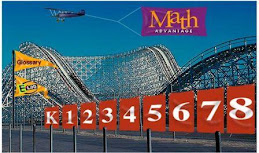



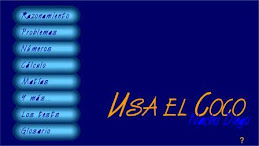
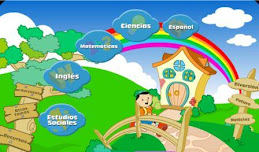
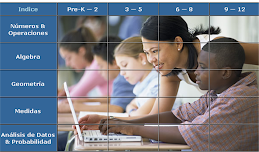














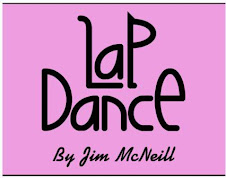


No hay comentarios.:
Publicar un comentario